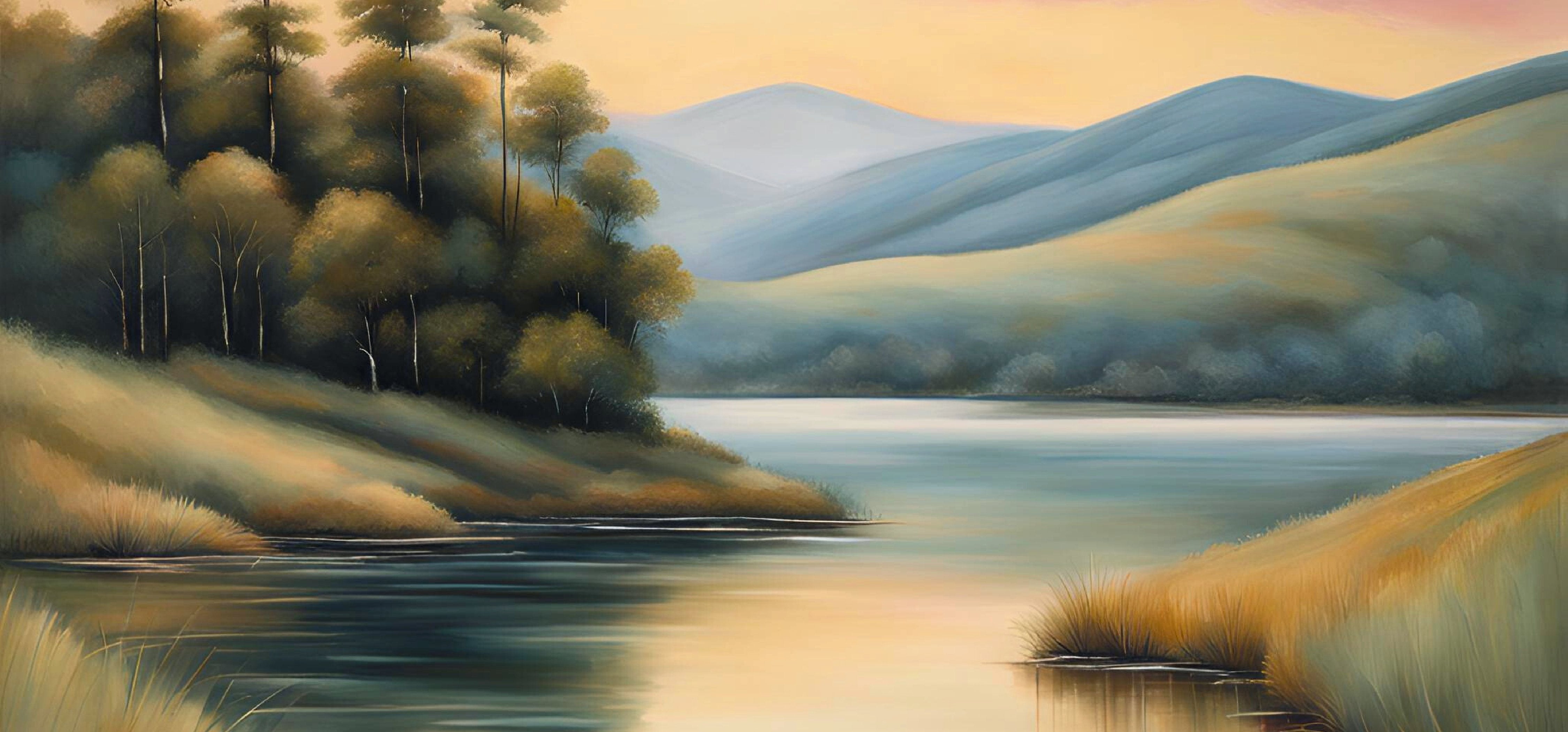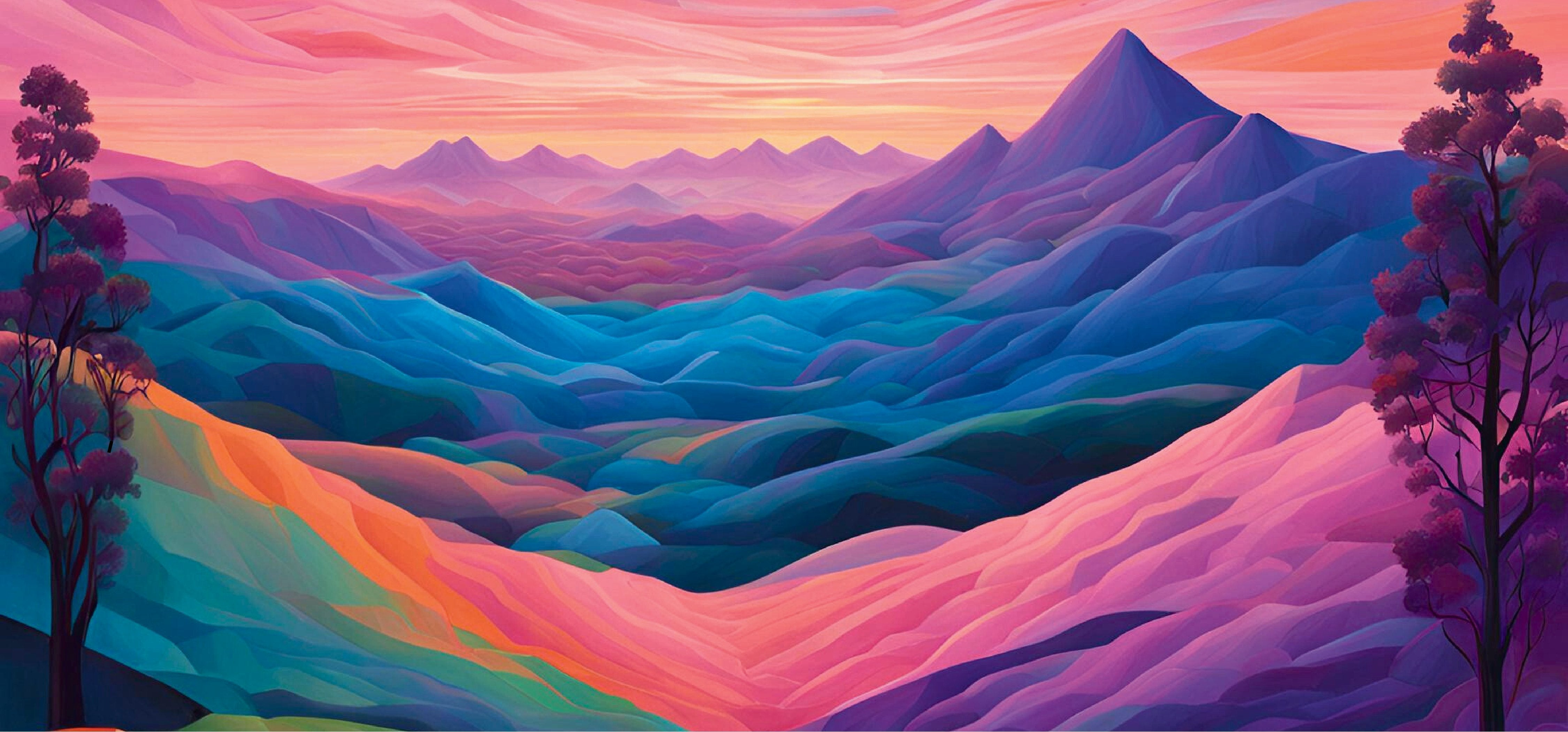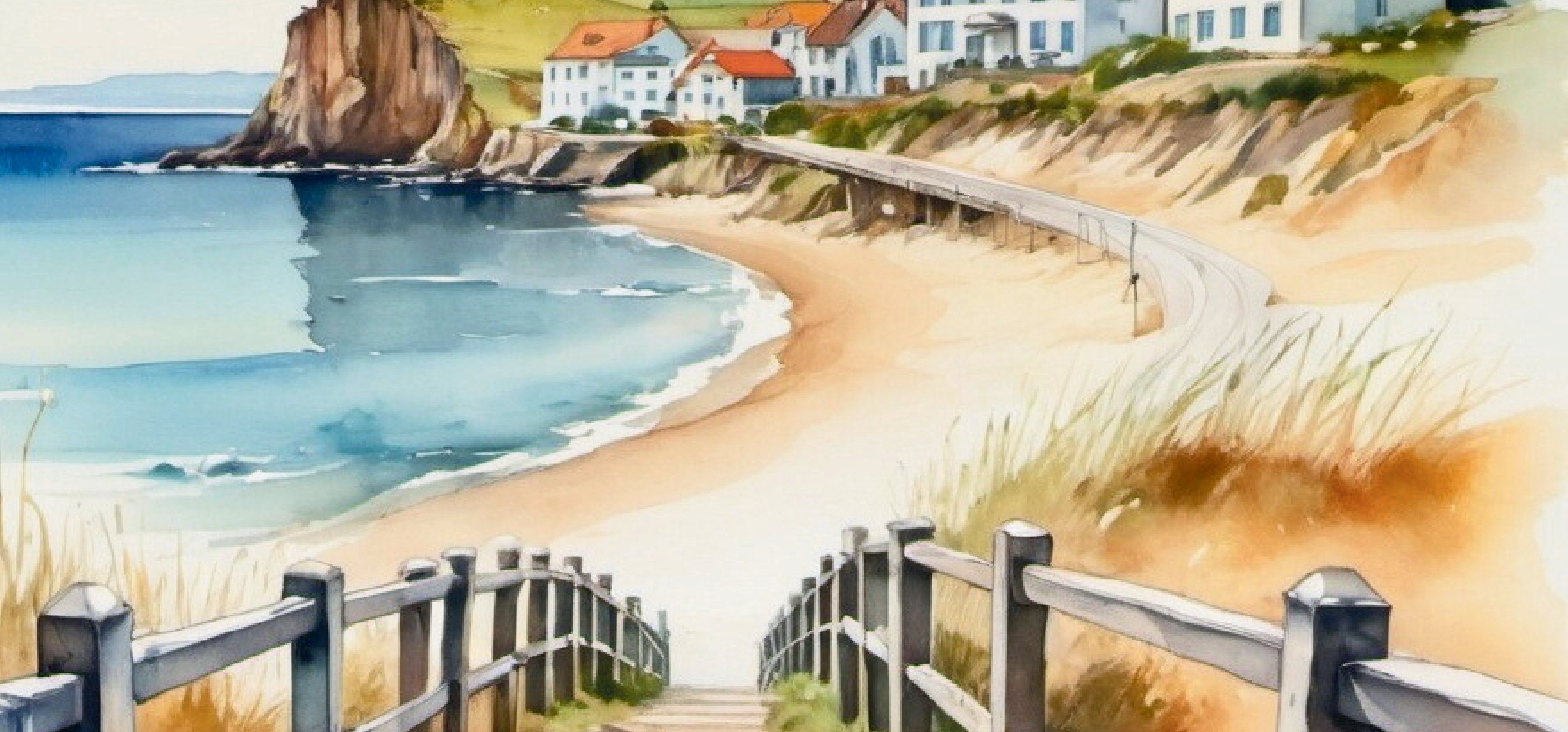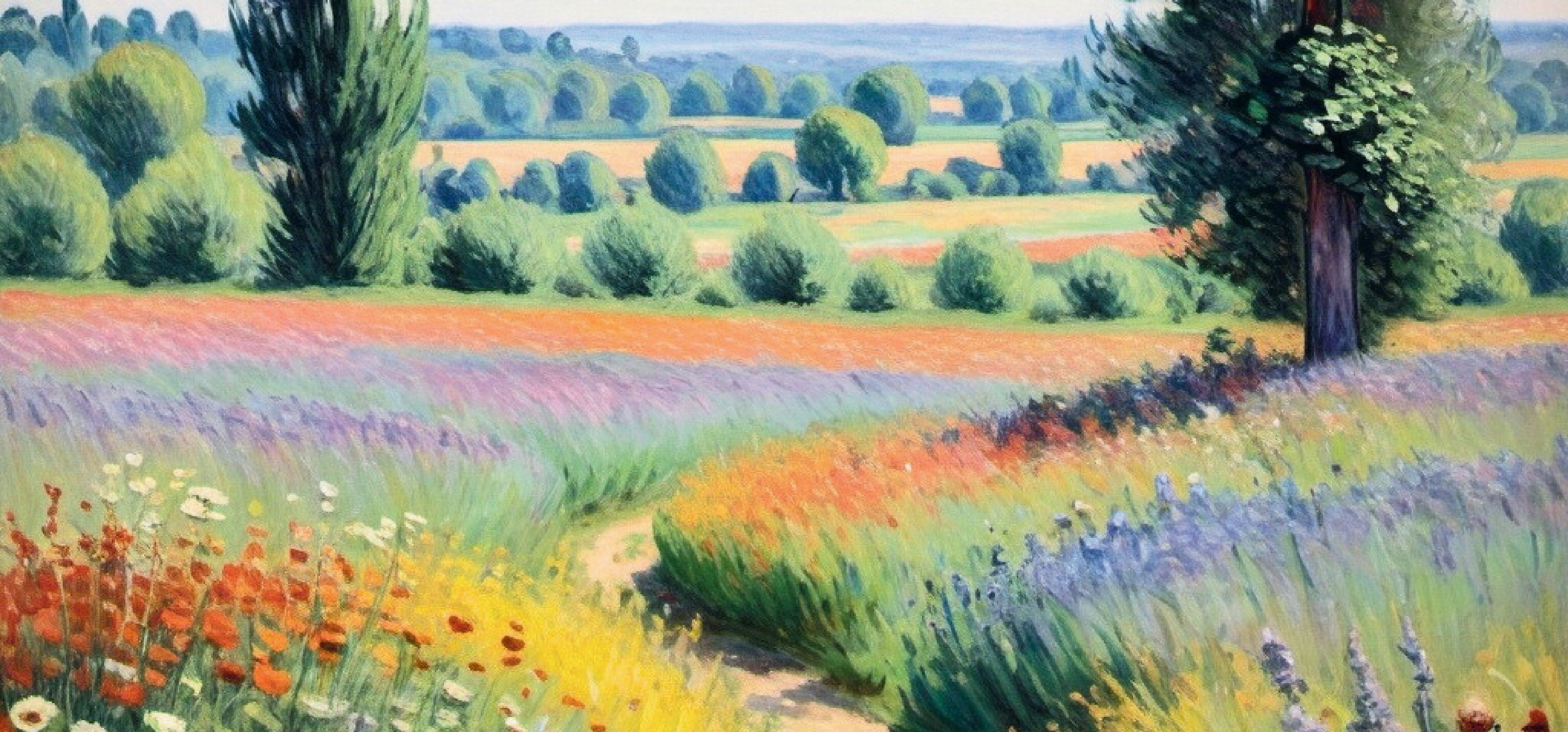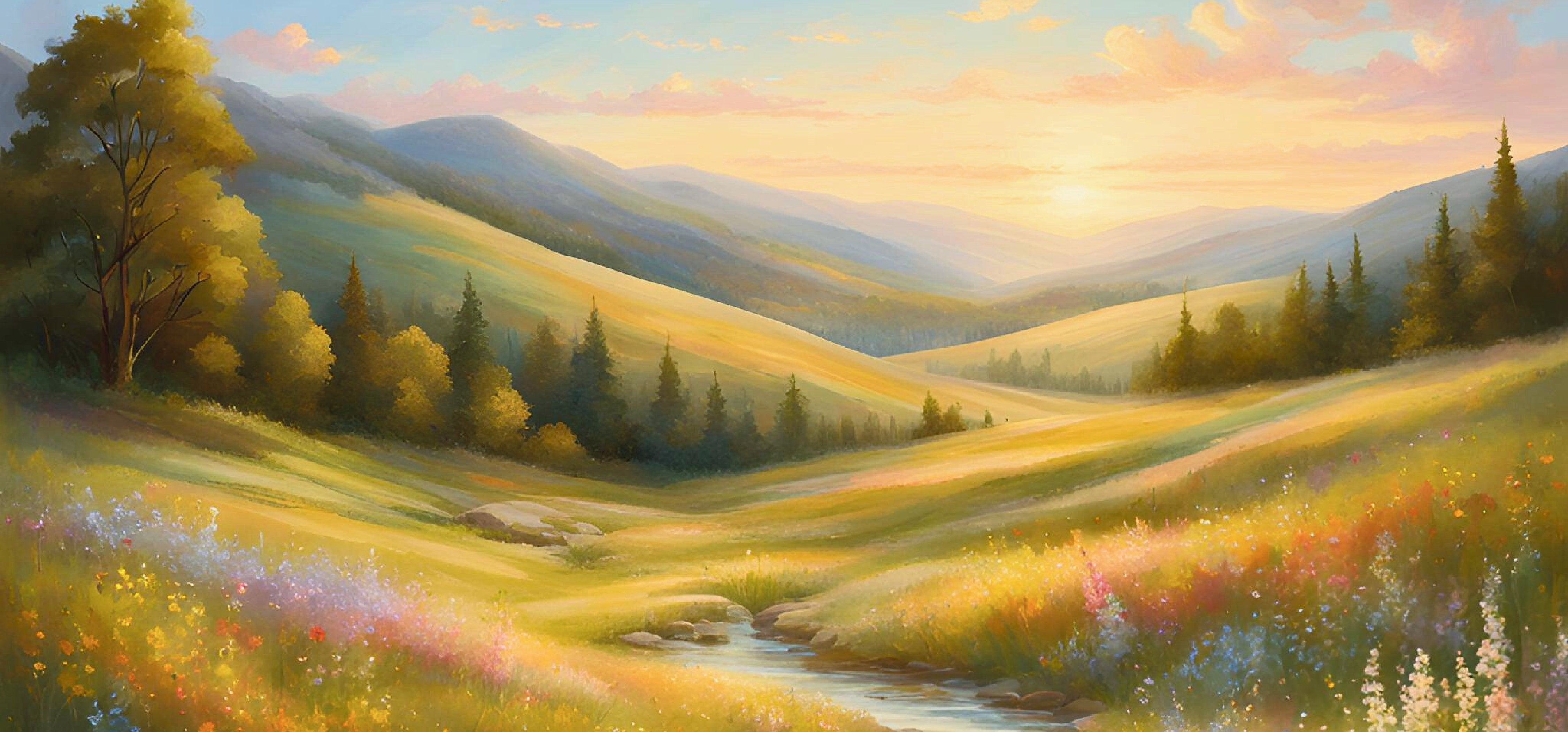The Romantic art style, which originated in the late 18th and early 19th centuries, celebrates the beauty of nature, the expressiveness of the individual, and the emotional highs and lows of the human experience. Even in an increasingly digital world where our lives and art increasingly take place online, the Romantic style continues to remain relevant.

